Key Takeaways:
- Mammillaria Cristata, also known as Brain Cactus or Crested Nipple Cactus, is native to Mexico and thrives in arid and semi-arid regions.
- It was first discovered in the late 18th century by French botanist Michel Felix Dunal, and is known for its unique crested growth pattern.
- The plant belongs to the Cactaceae family, under the genus Mammillaria, which comprises over 200 species of cacti. It is further classified under the subfamily Cactoideae and the tribe Cacteae.
- The cactus is known for its distinctive flowering attributes, producing small, bell-shaped flowers in a range of colors.
- When caring for this plant, it’s important to allow the soil to dry out completely between waterings to prevent root rot.
- The plant prefers bright, indirect light and thrives in temperatures between 60°F and 80°F (15°C to 27°C) during the active growing season.
- Regular inspection and appropriate treatments are necessary to prevent diseases and pest infestations.
- Propagation can be achieved through seeds or cuttings, with young plants requiring bright, indirect light and a temperature range of 60°F to 80°F (15°C to 27°C).
- The cactus makes a great addition to xeriscapes and rock gardens and can also be grown indoors.
- Conservation of this plant is important due to threats such as urbanization, agricultural expansion, and climate change.
- Propagation success can be boosted by maintaining consistent temperature and humidity levels, avoiding overwatering, and providing gentle air circulation.
- Its unique biological structure allows it to survive in arid environments, playing an important role in its native ecosystem.
Exploring the Origins of Mammillaria Cristata
The Geographic Roots
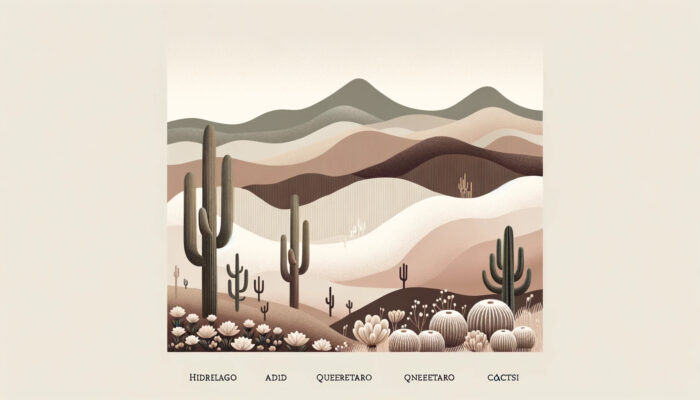
Mammillaria Cristata, also known as the Brain Cactus or Crested Nipple Cactus, is a unique species of cactus that belongs to the Mammillaria family. It is native to Mexico and can be found growing in the states of Hidalgo, Queretaro, and San Luis Potosi.
The cactus thrives in arid and semi-arid regions, where it has adapted to survive in harsh desert conditions.
The Early Findings
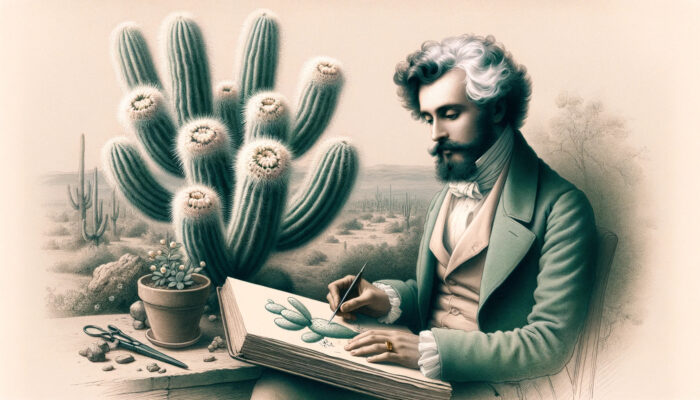
The first recorded discovery of Mammillaria Cristata was in the late 18th century by a French botanist named Michel Felix Dunal. He documented the unique crested growth pattern of the cactus, which led to its scientific classification as a separate species. Since then, Mammillaria Cristata has gained popularity among cactus enthusiasts for its fascinating appearance and easy cultivation.
Scientific Classification
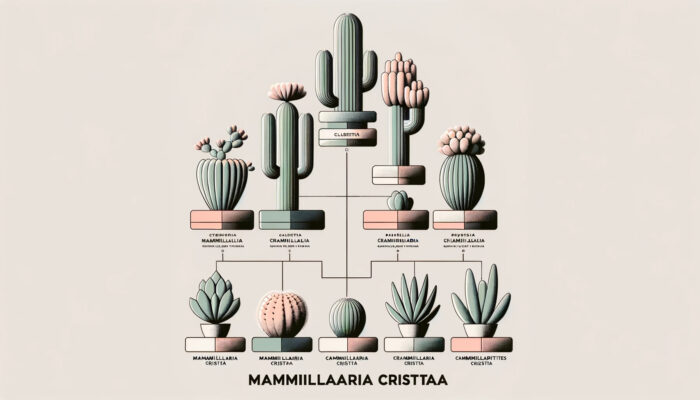
Mammillaria Cristata belongs to the plant family Cactaceae, which is known for its succulent and spiny plants. Within the family, it is classified under the genus Mammillaria, which comprises over 200 species of cacti.
Mammillaria Cristata is further classified under the subfamily Cactoideae and the tribe Cacteae.
Naming the Species

The scientific name “Mammillaria Cristata” is derived from the Latin word “mammilla,” meaning nipple, and “cristatus,” meaning crested. This name perfectly describes the cactus’s unique growth pattern, characterized by multiple crests resembling brain-like formations or nipples.
The common names “Brain Cactus” and “Crested Nipple Cactus” are also used to refer to this distinctive cactus species.
Characteristics and Features of Mammillaria Cristata
The Unique Growth Pattern
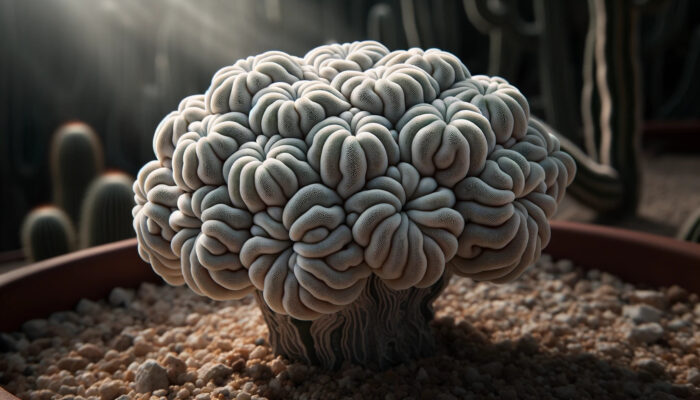
One of the most striking features of Mammillaria Cristata is its crested growth pattern. Unlike typical cacti that grow in a columnar or spherical shape, this species develops multiple crests that resemble brain-like formations or nipples.
The crests can vary in size and shape, with some resembling waves or undulating patterns. The crested growth is believed to be a result of genetic mutations or damage to the growing point of the cactus.
Distinctive Flowering Attributes
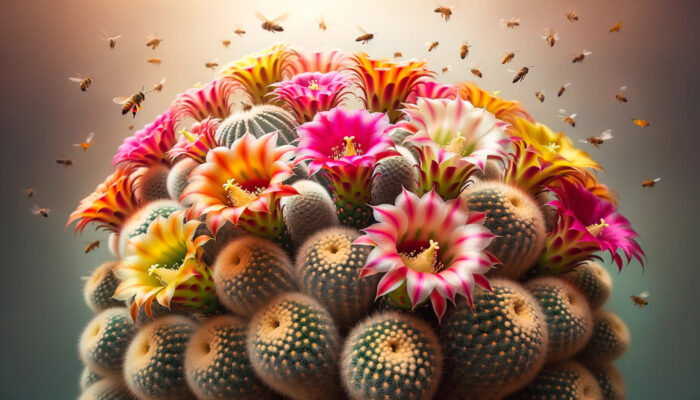
Mammillaria Cristata produces small, bell-shaped flowers that emerge from the crests of the cactus. The flowers come in a range of colors, including white, pink, yellow, and orange.
They typically bloom in the spring or early summer, attracting pollinators such as bees and butterflies. The flowers are followed by small, spherical fruits that contain seeds for propagation.
Recognizing Colour Variations
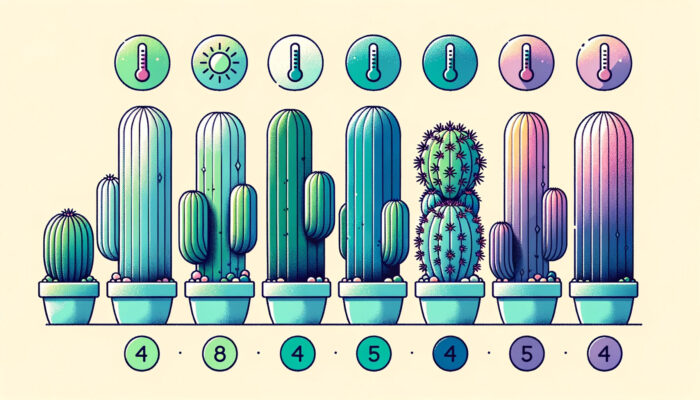
While the crested growth pattern is the defining characteristic of Mammillaria Cristata, this species also exhibits a wide range of color variations. The cactus can have green, blue-green, or gray-green stems, with some specimens displaying a reddish or purplish hue.
The color intensity can vary depending on environmental factors such as sunlight exposure and temperature.
Thorns and Structures
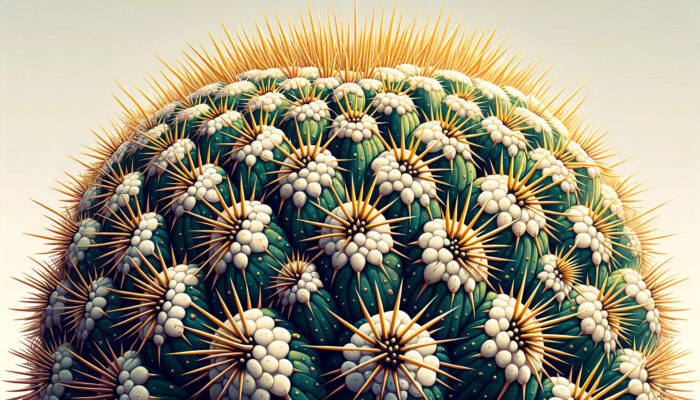
Mammillaria Cristata is armed with numerous sharp thorns, which are actually modified spines. These thorns serve as a defense mechanism against herbivores and help protect the cactus from excessive water loss.
The thorns can be yellow, brown, or white in color and are arranged in dense clusters along the crests of the cactus. In addition to the thorns, the cactus also has small tubercles or bumps that give it a textured appearance.
Caring for a Brain Cactus Plant
Principles of Watering of Brain Cactus
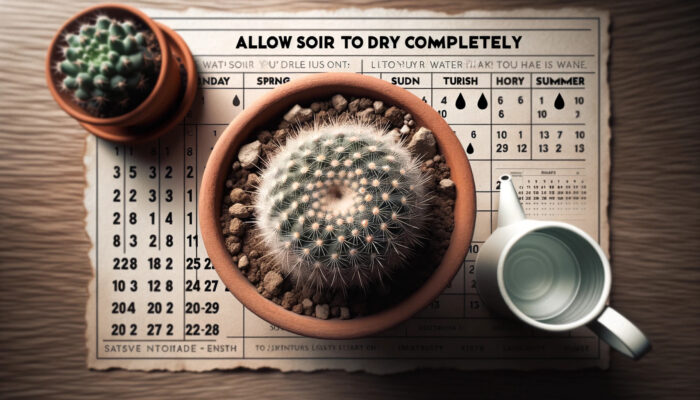
Mammillaria Cristata is a drought-tolerant plant that requires infrequent watering. It is important to allow the soil to dry out completely between waterings to prevent root rot.
During the active growing season, which is typically spring to summer, water the cactus sparingly, only when the soil is completely dry. In the dormant period, reduce watering to once every few weeks.
Optimal Soil Conditions
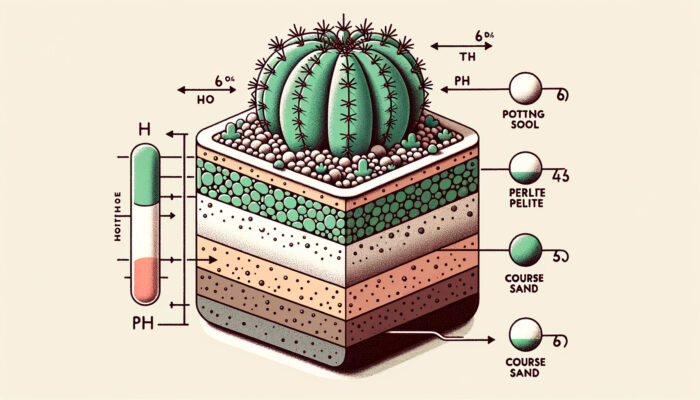
Mammillaria Cristata thrives in well-draining soil that mimics its natural habitat. A mix of cactus potting soil, perlite, and coarse sand is ideal for providing adequate drainage.
Avoid using regular potting soil, as it retains too much moisture and can lead to root rot. The pH level of the soil should be slightly acidic to neutral, ranging from 6 to 7.
Light and Temperature Requirements

Mammillaria Cristata prefers bright, indirect light for optimal growth. Place the cactus near a south-facing window or provide it with 4 to 6 hours of sunlight each day. However, avoid exposing the cactus to intense, direct sunlight, as it can cause sunburn. In terms of temperature, Mammillaria Cristata thrives in temperatures between 60°F and 80°F (15°C to 27°C) during the active growing season. During the dormant period, the cactus can tolerate temperatures as low as 50°F (10°C).
Repotting Guidance
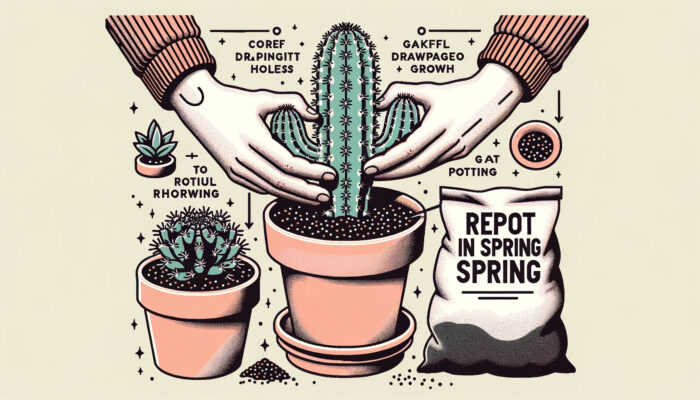
Repotting Mammillaria Cristata is necessary when the cactus outgrows its current container or when the soil becomes compacted. It is best to repot the cactus in the spring, before the start of the growing season.
Choose a slightly larger pot with drainage holes and fill it with a well-draining cactus potting mix. Carefully remove the cactus from its current pot, taking care not to damage the roots, and place it in the new pot. Allow the cactus to settle in its new pot for a few days before watering.
Mammillaria Cristata: Common Diseases and Pests
Identifying Common Diseases of Brain Cactus
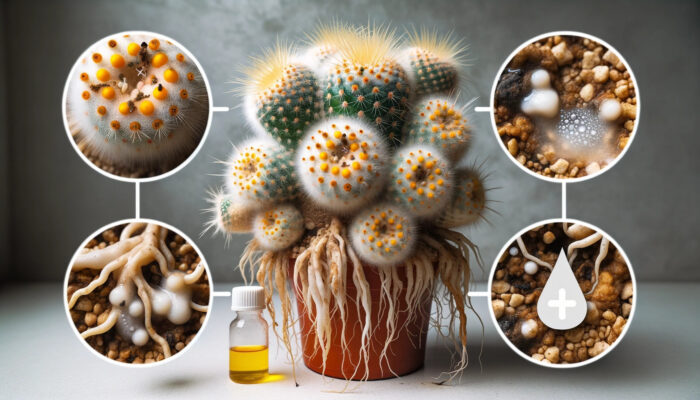
Mammillaria Cristata is generally a hardy plant that is not prone to diseases. However, overwatering or improper care can lead to issues such as root rot and fungal infections. Signs of root rot include yellowing or wilting of the stems, soft and mushy roots, and a foul odor.
Fungal infections can manifest as black spots or patches on the stems. It is important to address these issues promptly by adjusting watering practices and treating with appropriate fungicides.
Combatting Pest Infestations
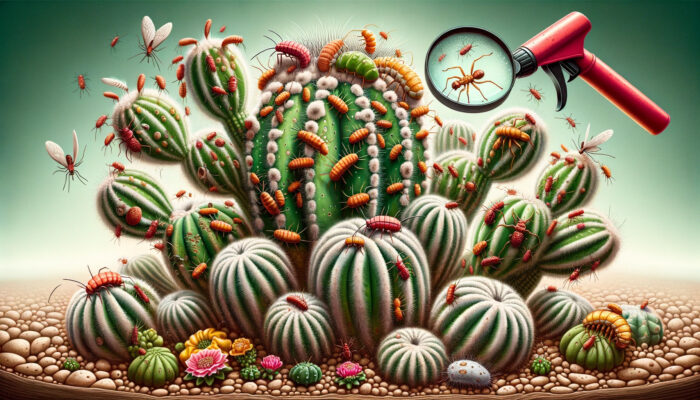
Like other cacti, Mammillaria Cristata can be susceptible to common pests such as mealybugs, scale insects, and spider mites. These pests can feed on the sap of the cactus, causing stunted growth and discoloration.
To combat infestations, regularly inspect the cactus for signs of pests and treat with natural or chemical insecticides. Additionally, practicing good hygiene by removing fallen debris and keeping the plant clean can help prevent pest infestations.
Disease Prevention Strategies for Brain Cactus

To prevent diseases and maintain the overall health of Mammillaria Cristata, it is important to follow proper care practices. Avoid overwatering the cactus and ensure it is planted in well-draining soil.
Provide adequate air circulation around the plant and avoid overcrowding it with other plants. Regularly inspect the cactus for any signs of diseases or pests and address them promptly to prevent further spread.
Organic Pest Control Methods

If you prefer to use organic methods for pest control, there are several options available. Neem oil, a natural insecticide derived from the neem tree, can effectively control pests such as mealybugs and spider mites.
Simply dilute the neem oil according to the instructions on the packaging and spray it on the affected areas of the cactus. Alternatively, a mixture of water and mild dish soap can be used to create a soapy solution that can be sprayed on the pests.
Propagation Techniques for Mammillaria Cristata
Seed Cultivation Process
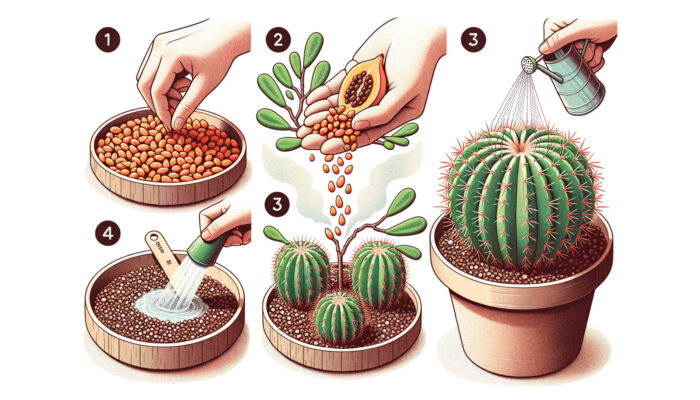
Propagation of Mammillaria Cristata can be done through seeds. Collect ripe fruits from the cactus and extract the seeds. Rinse the seeds to remove any pulp and allow them to dry for a few days.
Prepare a well-draining cactus potting mix and sow the seeds on the surface, gently pressing them into the soil. Mist the soil with water to moisten it and cover the pot with a plastic wrap to create a humid environment.
Place the pot in a warm location with indirect sunlight and maintain consistent moisture in the soil. Germination can take several weeks to months.
Cutting and Transplanting Techniques
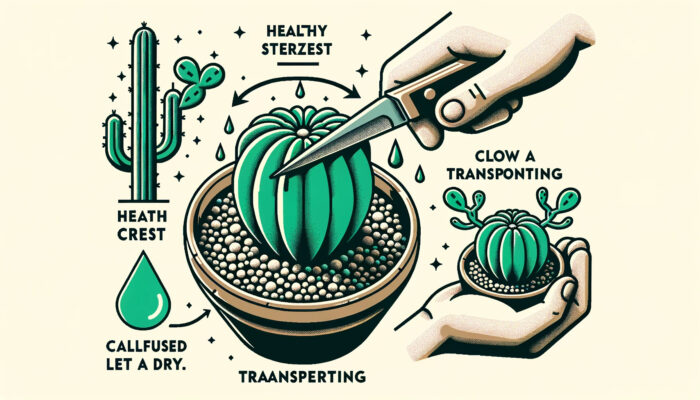
Another method of propagation is through cuttings. Select a healthy crest from the parent plant and use a sharp, sterilized knife or scissors to cut it off. Allow the cutting to dry for a few days to form a callus, which helps prevent rotting.
Prepare a pot with well-draining cactus potting mix and make a small hole in the soil. Insert the callused end of the cutting into the hole and gently press the soil around it. Water the soil lightly and place the pot in a bright, indirect light location. Keep the soil slightly moist and avoid overwatering.
Caring for Young Plants
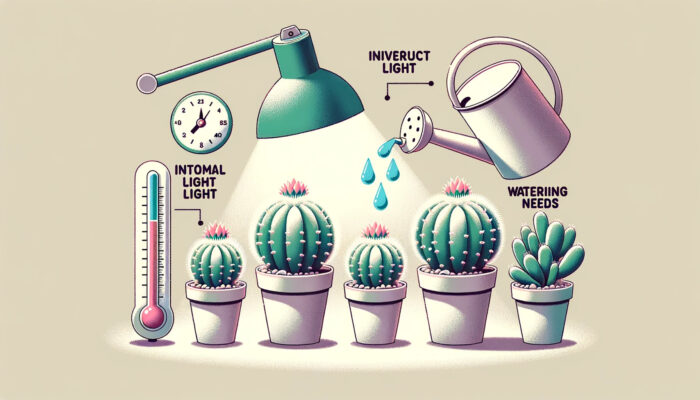
Whether propagated from seeds or cuttings, young Mammillaria Cristata plants require similar care. Provide them with bright, indirect light and maintain a temperature range of 60°F to 80°F (15°C to 27°C). Water the plants sparingly, allowing the soil to dry out between waterings.
As the plants grow, they may develop new crests, and it is important to provide adequate space for their growth. Once the young plants have established a strong root system, they can be treated similarly to mature Mammillaria Cristata plants.
Boosting Propagation Success Rate
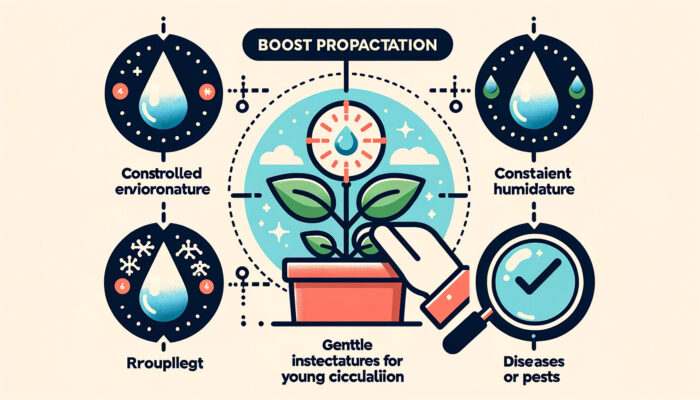
To increase the success rate of propagation, it is important to create favorable conditions for the plants. Maintain a consistent temperature and humidity level, as fluctuations can stress the young plants. Avoid overwatering, as excessive moisture can lead to rotting.
Providing gentle air circulation can also help prevent fungal infections. Regularly monitor the plants for any signs of diseases or pests and take appropriate action to address them promptly.
Mammillaria Cristata in Landscaping and Design
Landscape Suggestions for Mammillaria Cristata

Mammillaria Cristata can be a stunning addition to xeriscapes and rock gardens. Its unique crested growth pattern adds visual interest and texture to the landscape. Plant it alongside other drought-tolerant succulents and cacti to create a desert-themed garden.
The cactus can also be grown in containers and placed on patios or balconies, adding a touch of greenery to small outdoor spaces.
Choosing Companion Plants
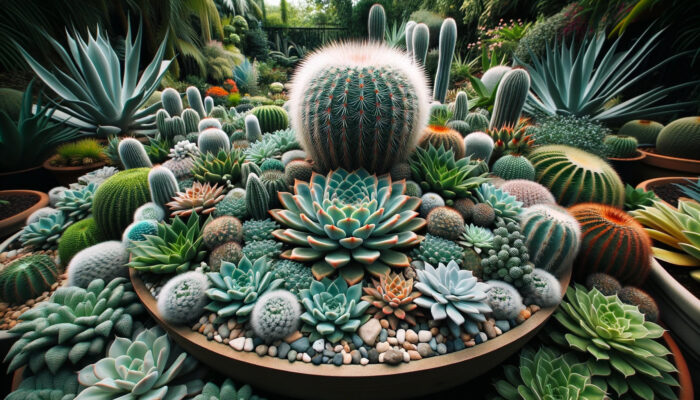
When selecting companion plants for Mammillaria Cristata, it is important to consider their water and light requirements. Choose plants that have similar needs, such as other cacti and succulents.
Some suitable companion plants include Echeveria, Sedum, and Agave. These plants not only complement the appearance of Mammillaria Cristata but also create a cohesive and harmonious landscape design.
Implementing in Rock Gardens
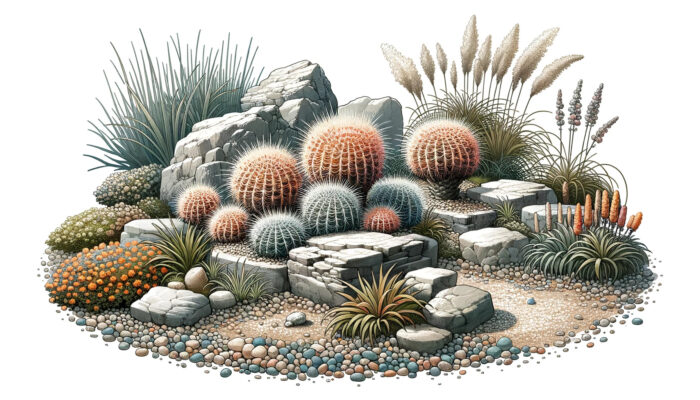
Mammillaria Cristata thrives in rock gardens due to its ability to adapt to well-draining soil and low water conditions. Plant it among rocks and gravel to mimic its natural desert habitat.
The crested growth pattern of the cactus adds an element of whimsy and uniqueness to rock gardens, creating a focal point for the landscape. Pair it with other drought-tolerant plants and ornamental grasses to create a visually appealing and low-maintenance garden.
Indoor Decoration Ideas

Mammillaria Cristata can also be grown indoors, making it a popular choice for indoor gardening enthusiasts. Place the cactus near a sunny window where it can receive bright, indirect light.
It can be grown in a small pot or a terrarium, adding a touch of greenery to any indoor space. When using Mammillaria Cristata as a decorative element, consider arranging it with other houseplants to create an attractive display.
Conservation Status of Mammillaria Cristata
Threat Factors

Mammillaria Cristata, like many other cactus species, faces threats to its natural habitat and population. Urbanization, agricultural expansion, and illegal collection for the horticultural trade are some of the main factors contributing to the decline of wild populations.
Climate change and habitat degradation also pose significant threats to the survival of Mammillaria Cristata.
Current Conservation Measures

Efforts are being made to conserve Mammillaria Cristata and protect its natural habitat. Several botanical gardens and conservation organizations are actively involved in seed banking and ex-situ conservation programs.
These initiatives aim to preserve the genetic diversity of the species and ensure its long-term survival. Additionally, educational campaigns and awareness programs are being conducted to promote the conservation of Mammillaria Cristata and its ecosystem.
Joining the Conservation Effort

Individuals can contribute to the conservation of Mammillaria Cristata by supporting reputable conservation organizations and botanical gardens. Donations can help fund research, habitat restoration, and educational initiatives.
It is also important to avoid purchasing wild-collected specimens and instead opt for nursery-grown plants. By practicing responsible horticulture and spreading awareness about the importance of conserving endangered species, we can all play a role in protecting Mammillaria Cristata.
Impact of Climate Change

Climate change poses a significant threat to the survival of Mammillaria Cristata and other cactus species. Rising temperatures, changing rainfall patterns, and increased frequency of extreme weather events can disrupt the delicate balance of desert ecosystems.
This can lead to habitat loss, reduced reproductive success, and increased vulnerability to diseases and pests. Mitigating climate change through sustainable practices and supporting efforts to reduce greenhouse gas emissions is crucial for the long-term survival of Mammillaria Cristata.
Mammillaria Cristata: A Close-up View
Understanding Its Biological Structure
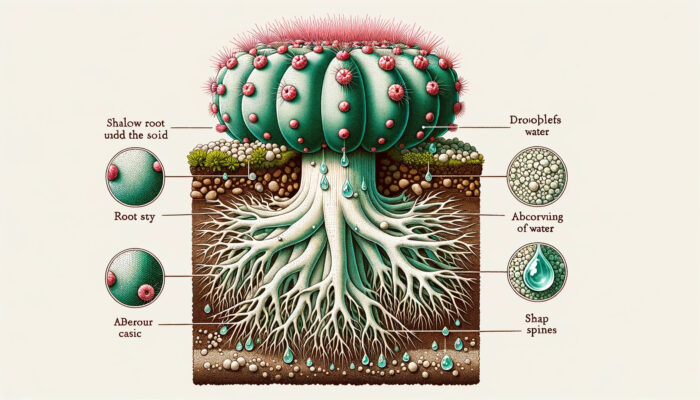
Mammillaria Cristata has a unique biological structure that allows it to thrive in arid environments. The cactus has a shallow root system that spreads out horizontally to absorb water from the surface.
This adaptation helps the plant capture rainwater efficiently and survive in low-water conditions. The stems of Mammillaria Cristata are covered in tubercles, which are small, raised bumps that contain the cactus’s areoles and spines.
Its Role in the Ecosystem
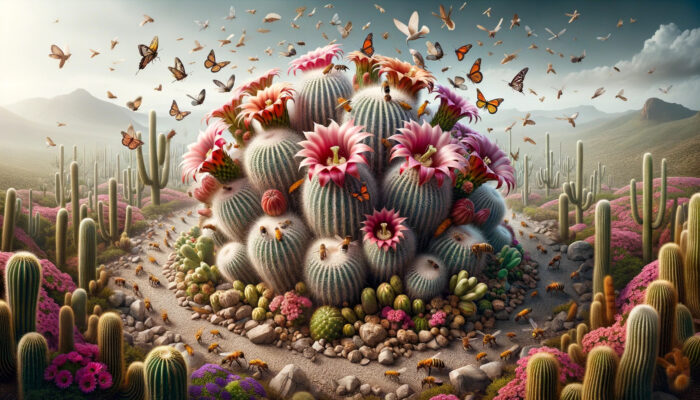
Mammillaria Cristata plays an important role in its native ecosystem as a provider of food and shelter. The flowers of the cactus attract pollinators such as bees and butterflies, contributing to the pollination of other plant species.
The fruits produced by Mammillaria Cristata provide a food source for birds and small mammals. Additionally, the dense clusters of spines on the cactus serve as protection against herbivores, helping to maintain the balance of the ecosystem.
Interesting Facts and Discoveries
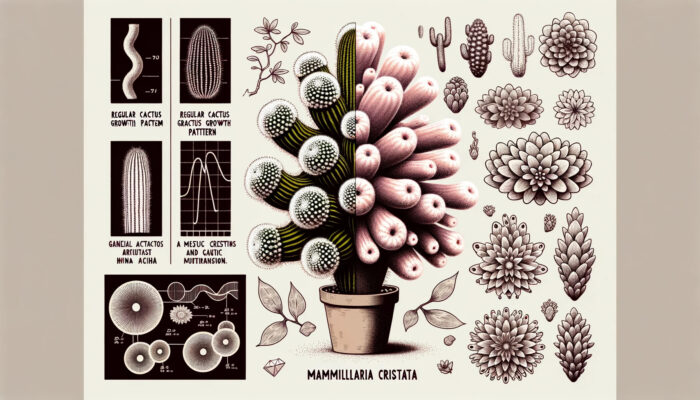
Throughout its history, Mammillaria Cristata has fascinated botanists and cactus enthusiasts with its unique growth pattern. The crested form of the cactus is believed to be a result of genetic mutations or damage to the growing point, leading to the formation of multiple growing points.
This creates the characteristic brain-like or nipple-like appearance of the cactus. The cactus’s distinctive shape has inspired artists and designers, who have incorporated its likeness into various forms of art and decor.
The Beauty and Appeal of the Species

Mammillaria Cristata’s beauty lies in its unusual and captivating appearance. The crested growth pattern and vibrant flowers make it a visually striking plant that stands out in any collection or landscape. Its ability to thrive in harsh desert conditions and adapt to various environments also adds to its appeal. Whether grown as a solitary specimen or in a group, Mammillaria Cristata never fails to captivate with its unique charm and beauty.
FAQ
Question: Where is the Mammillaria Cristata native to?
Answer: The Mammillaria Cristata, also known as the Brain Cactus or Crested Nipple Cactus, is native to Mexico, specifically in the states of Hidalgo, Queretaro, and San Luis Potosi, where it thrives in arid and semi-arid regions.
Question: What is unique about the growth pattern of the Mammillaria Cristata?
Answer: Unlike typical cacti that grow in a columnar or spherical shape, the Mammillaria Cristata develops multiple crests that resemble brain-like formations or nipples. This crested growth is believed to be a result of genetic mutations or damage to the growing point of the cactus.
Question: How should I water my Mammillaria Cristata?
Answer: The Mammillaria Cristata is a drought-tolerant plant that requires infrequent watering. It is important to allow the soil to dry out completely between waterings to prevent root rot. During the active growing season (spring to summer), water the cactus sparingly, only when the soil is completely dry.
Question: What are the common diseases and pests that can affect Mammillaria Cristata?
Answer: Mammillaria Cristata can be susceptible to diseases such as root rot and fungal infections, usually due to overwatering or improper care. It can also be affected by common pests such as mealybugs, scale insects, and spider mites which feed on the sap of the cactus, causing stunted growth and discoloration.
Question: How can I propagate Mammillaria Cristata?
Answer: Propagation of Mammillaria Cristata can be done through seeds or cuttings. When propagating from seeds, collect ripe fruits from the cactus and extract the seeds. When propagating from cuttings, select a healthy crest from the parent plant and use a sharp, sterilized knife or scissors to cut it off.
Question: How can Mammillaria Cristata be used in landscaping and design?
Answer: Mammillaria Cristata can be a stunning addition to xeriscapes and rock gardens. Its unique crested growth pattern adds visual interest and texture to the landscape. The cactus can also be grown in containers and placed on patios or balconies, or grown indoors near a sunny window.
Question: What are the current conservation measures for Mammillaria Cristata?
Answer: Efforts are being made to conserve Mammillaria Cristata and protect its natural habitat. Several botanical gardens and conservation organizations are actively involved in seed banking and ex-situ conservation programs. Educational campaigns and awareness programs are also being conducted to promote the conservation of Mammillaria Cristata and its ecosystem.
Question: What is the role of Mammillaria Cristata in its ecosystem?
Answer: Mammillaria Cristata plays an important role in its native ecosystem as a provider of food and shelter. The flowers of the cactus attract pollinators such as bees and butterflies, contributing to the pollination of other plant species. The fruits produced by Mammillaria Cristata provide a food source for birds and small mammals.

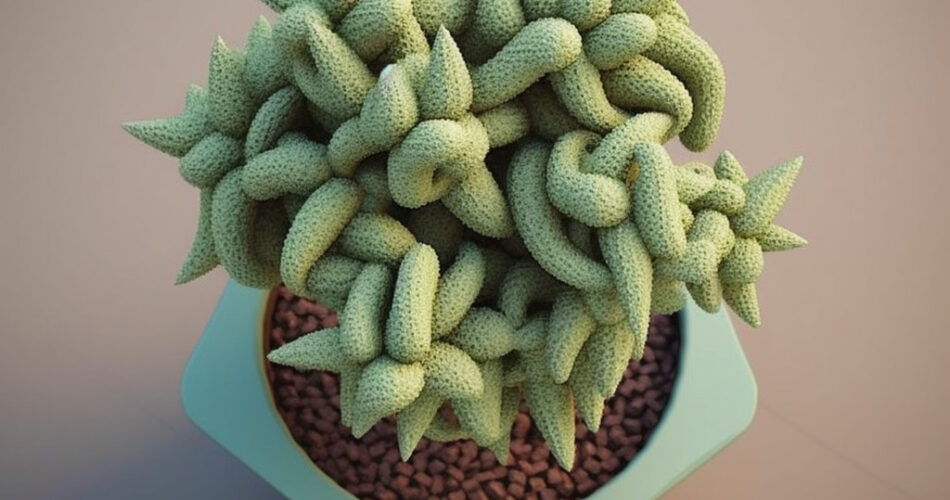



Comments